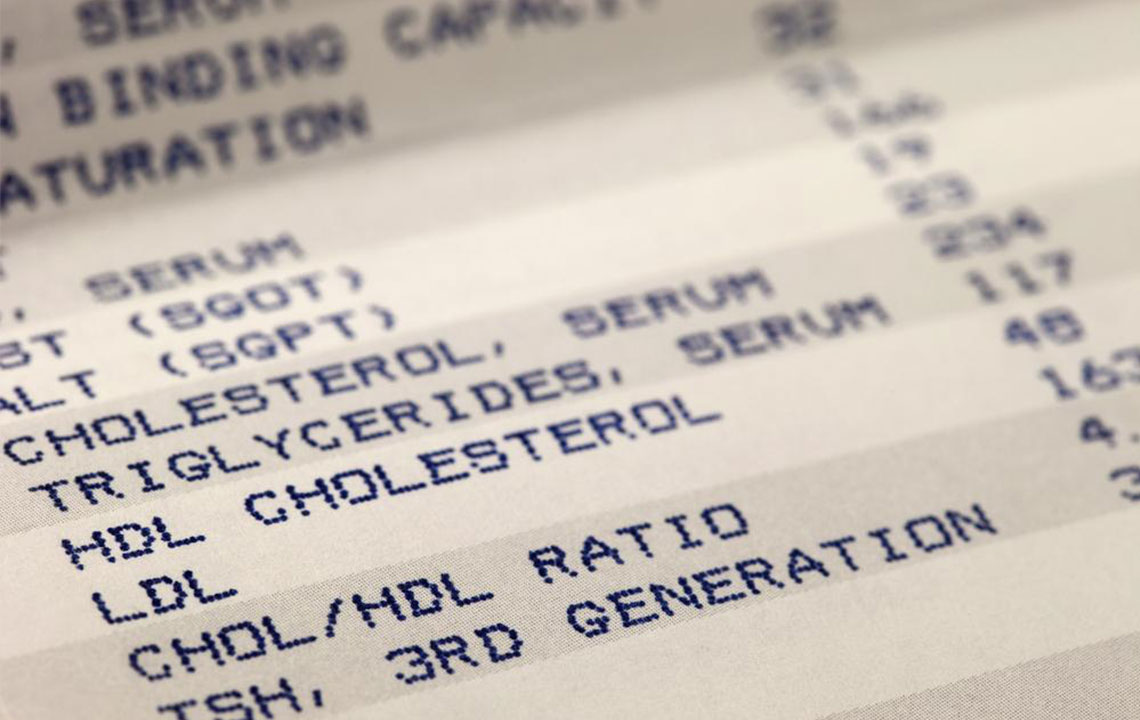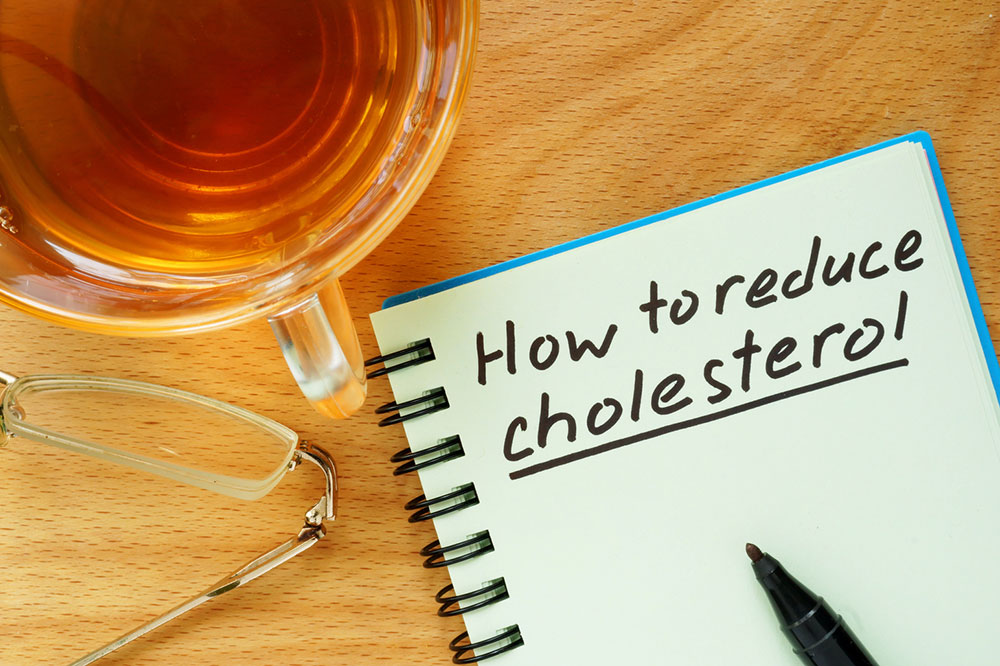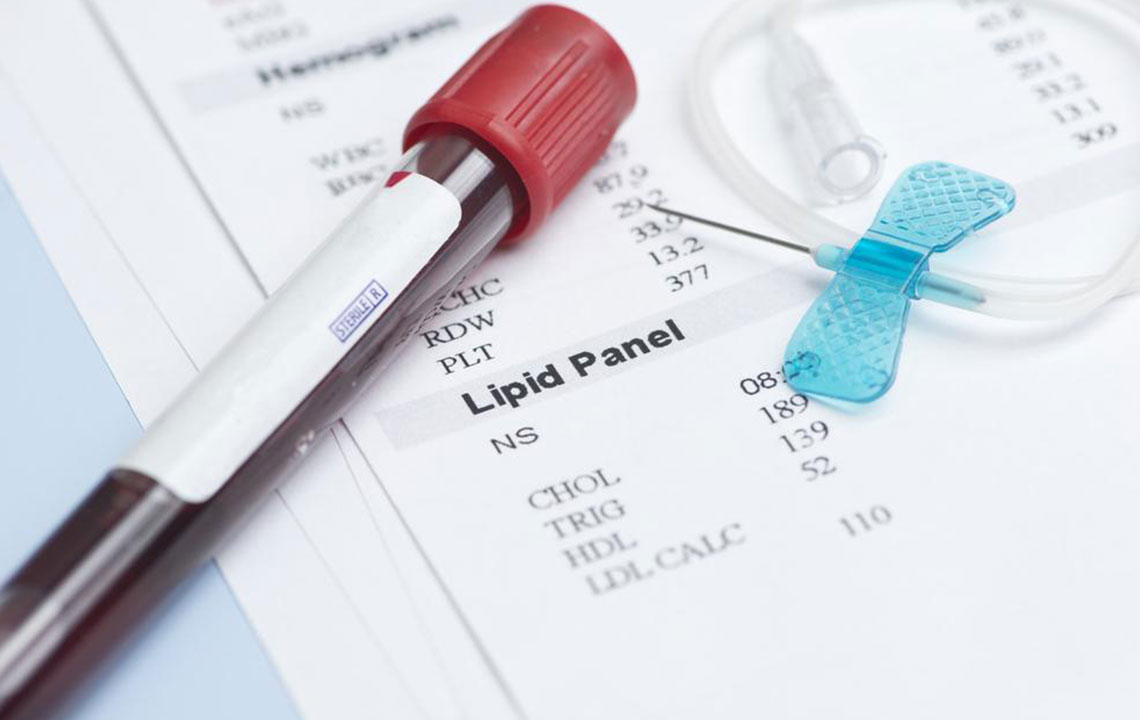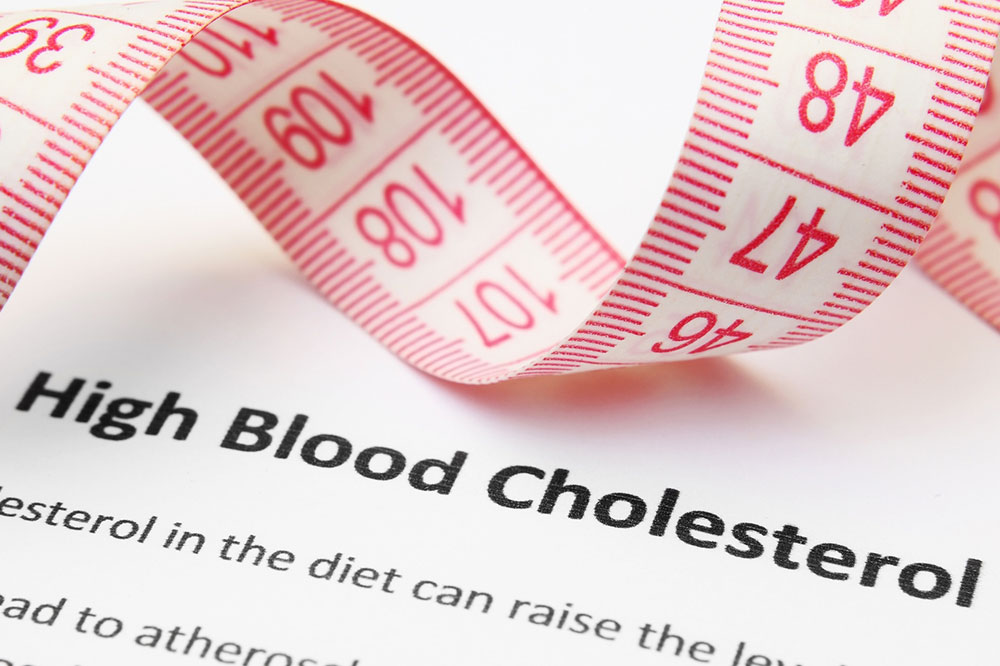The Complete Guide to Differentiating Good and Bad Cholesterol and Its Impact on Heart Health
This comprehensive guide explains the vital differences between good (HDL) and bad (LDL) cholesterol, emphasizing their roles in heart health. It provides detailed insights into optimal levels, lifestyle tips, and medical interventions to maintain balanced cholesterol levels. Understand how managing these lipoproteins can significantly reduce your risk of cardiovascular disease and improve overall well-being. A must-read for those aiming to optimize heart health through expert guidance and practical advice.

The Complete Guide to Differentiating Good and Bad Cholesterol and Its Impact on Heart Health
Cholesterol is often misunderstood, with many people assuming it’s inherently dangerous. This misconception can lead to unnecessary worry or neglect of its vital role in the body. In fact, cholesterol is essential for several biological processes, including the synthesis of vitamin D, the production of certain hormones like cortisol and sex hormones, and aiding digestion by forming bile acids. However, like many substances in our bodies, an imbalance or excess of cholesterol can have serious health implications. Understanding the differences between types of cholesterol, especially the so-called 'good' and 'bad' varieties, is crucial for maintaining optimal cardiovascular health and preventing heart disease.
Cholesterol is a waxy, fat-like substance found in all parts of your body. Your body needs cholesterol to build healthy cells and produce hormones. However, issues arise when cholesterol builds up in the walls of your arteries, creating blockages that can restrict blood flow. Over time, these blockages may result in heart attacks, strokes, or other cardiovascular complications. Thus, managing cholesterol levels is a key component of overall health, intertwined with lifestyle choices, diet, and sometimes medication.
One of the most common ways to understand cholesterol health is through the measurement of two specific lipoproteins: Low-Density Lipoprotein (LDL) and High-Density Lipoprotein (HDL). These are particles that carry cholesterol through your bloodstream. An imbalance—particularly high LDL and low HDL—can significantly increase your risk of cardiovascular diseases. Therefore, it’s important to grasp the distinctive roles that these lipoproteins play in your body.
Understanding HDL and LDL: Their Roles and FunctionsHigh-Density Lipoprotein (HDL), often called the 'good' cholesterol, plays a protective role in cardiovascular health. HDL's primary function is to remove excess cholesterol from the bloodstream by transporting it back to the liver. Once in the liver, cholesterol is processed and eliminated from the body via bile. This process helps prevent cholesterol accumulation and reduces the risk of plaque formation in arteries, thereby lowering the chances of heart attacks and strokes.
In contrast, Low-Density Lipoprotein (LDL), known as the 'bad' cholesterol, contributes to the buildup of cholesterol in the arterial walls. When LDL levels are elevated, they deposit cholesterol into the arteries, leading to fatty deposits called plaques. Over time, these plaques can cause arterial narrowing, rigidity, and blockages, which impede blood flow. If a plaque ruptures, it can trigger blood clot formation, increasing the risk of heart attack or stroke. Thus, controlling LDL levels is crucial for cardiovascular safety.
Both types of cholesterol are essential in balanced amounts, but problems arise when their levels are out of sync. Maintaining a healthy balance between HDL and LDL is pivotal for heart health, safety, and longevity.
Optimal Cholesterol Levels for Heart HealthUnderstanding the ideal ranges for HDL and LDL can guide you in making informed lifestyle choices. Generally, higher levels of HDL are associated with a decreased risk of cardiovascular disease, while elevated LDL levels are linked with increased risk.
For HDL, optimal levels are generally considered to be at least 55 mg/dL for women and at least 45 mg/dL for men. Higher HDL levels are beneficial because they promote the removal of cholesterol from the bloodstream, acting as a natural safeguard for your heart. Conversely, LDL cholesterol should ideally remain below 100 mg/dL. Levels between 100-129 mg/dL are near optimal, 130-159 mg/dL are borderline high, and anything above 160 mg/dL is considered high, increasing the risk for heart disease.
Regular monitoring through blood tests and adopting healthy lifestyle habits can help achieve and maintain these ideal levels. Lifestyle modifications such as a balanced diet low in saturated fats, regular physical activity, weight management, and avoiding smoking can significantly influence cholesterol levels.
How to Maintain Healthy Cholesterol LevelsThere are several effective strategies to keep your cholesterol within healthy ranges. First, adopt a diet rich in fruits, vegetables, whole grains, lean proteins, and healthy fats such as those found in nuts, seeds, and oily fish. Limiting the intake of saturated fats and trans fats found in fried foods, processed snacks, and baked goods is also vital.
Physical activity plays a crucial role in increasing HDL levels and lowering LDL levels. Engaging in at least 150 minutes of moderate-intensity aerobic exercise per week, such as brisk walking, cycling, or swimming, can improve your lipid profile. Maintaining a healthy weight is also significant because excess body fat, especially around the abdomen, negatively influences cholesterol levels.
Medications such as statins may be prescribed for individuals with significantly high LDL levels or those at increased risk for heart disease. These medications are effective in reducing LDL cholesterol and preventing plaque buildup. However, lifestyle interventions remain foundational for overall health and often complement medication strategies.
Other measures include quitting smoking, limiting alcohol consumption, and managing stress levels. These factors also impact cholesterol and overall cardiovascular health. Regular check-ups, including blood lipid profiles, are essential to monitor progress and make necessary adjustments to your health plan.
Risks Associated with Imbalanced CholesterolIgnoring cholesterol imbalance can lead to serious health consequences. High LDL levels are a primary factor in the development of atherosclerosis, a condition characterized by the buildup of fatty deposits in arterial walls. This condition narrows the arteries, reducing blood flow and increasing the risk of heart attack and stroke. Additionally, low HDL levels diminish the body's ability to remove excess cholesterol, worsening the risk profile.
People with uncontrolled high cholesterol may experience symptoms such as chest pain, shortness of breath, or even no symptoms until a critical event happens. Therefore, regular screening and proactive management are vital aspects of preventive health care.
In conclusion, understanding the crucial differences between good and bad cholesterol, monitoring your levels, and adopting healthy lifestyle habits can profoundly impact your cardiovascular health. While genetics may influence cholesterol levels, lifestyle factors play a significant role in managing your overall risk. With proper care and awareness, you can take effective steps toward healthier arteries and a longer, healthier life.





